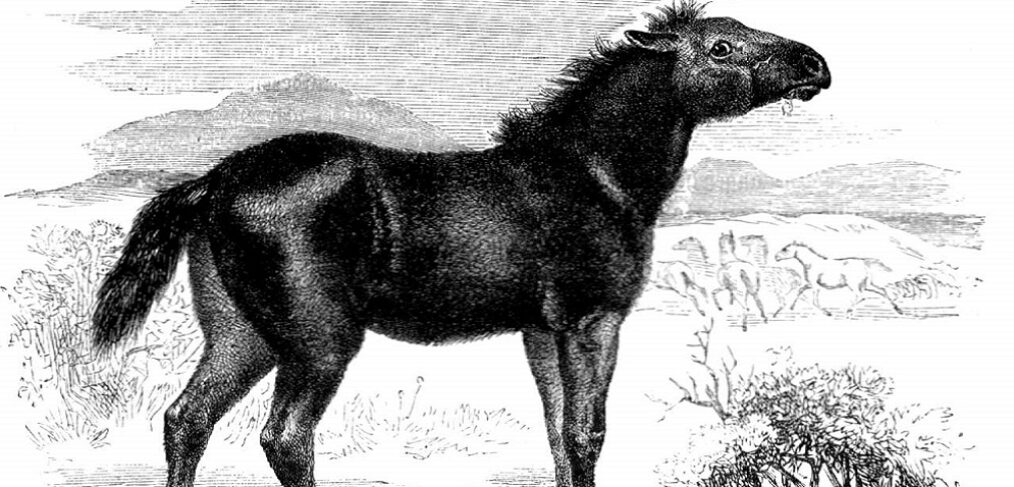
species of the week #75 – wild horse
The tarpan is a wild horse that was also native to Germany until the end of the Middle Ages. Today, the species is extinct worldwide. There have been various attempts to reconstruct tarpans through backbreeding, but these were abandoned in the 1970s. Nevertheless, “Tarpans” can be seen in some game reserves, but these are tail horses or Koniks.
| Distribution status | extinct |
| Remaining deposits | none |
| Last sighting in rhineland-palatinate | 1500 |
| Habitat | Steppes and grasslands, partly also forests of Eurasia |
| Threat | Hunting, habitat depletion |
It has been a long time since tarpan herds could be observed in the wild: as early as 1876, the last free-living tarpan mare, a steppe tarpan, was shot in the Ukrainian steppes. The forest tarpan, another subspecies, was an original wild horse of Central Europe. It was possibly distributed from France to the Baltic States. With increasing human population density, the wild horses disappeared from Central Europe. In Poland, small remnant populations persisted until the 18th century.
The extinction of the tarpan had two main causes: Firstly, as humans increasingly colonised their habitat, tarpans increasingly encountered domestic horses and mated with them, so that the offspring were no longer pure tarpans. On the other hand, tarpans were deliberately hunted to prevent mating with and “kidnapping” of domestic horses as well as looting of haystacks.
For about 100 years, there have been attempts to crossbreed old horse breeds in such a way that they develop the characteristics of the tarpans. The emphasis is on coat colour, robustness and usefulness as strong workhorses. Unlike their models, Koniks and Heck horses are more sociable and can be kept well in captivity. The wild, freedom-loving tarpans would not have survived long in the enclosure. According to reports, tarpans were very cautious animals, but did not shy away from confrontation and fought fiercely to the bloody end – persevering and strong. They even took on large predators if necessary: They knocked wolves to the ground with their front hooves, neighing.
The backbreds are interesting for nature conservation. In the Netherlands, there are experiments with mixed herds of cattle and Koniks as “ecological tools” that can be used to shape landscapes and renaturation more successfully than human intervention.
Fancy some more species of the week ? Here you can find more
